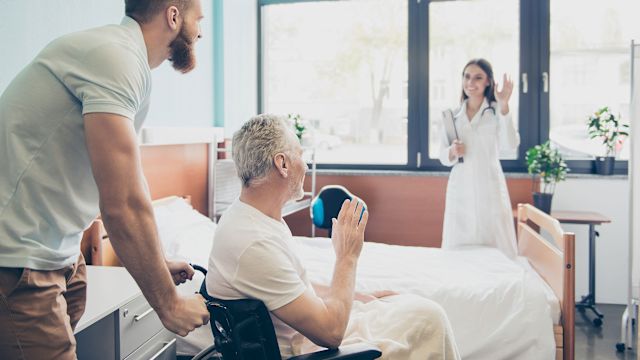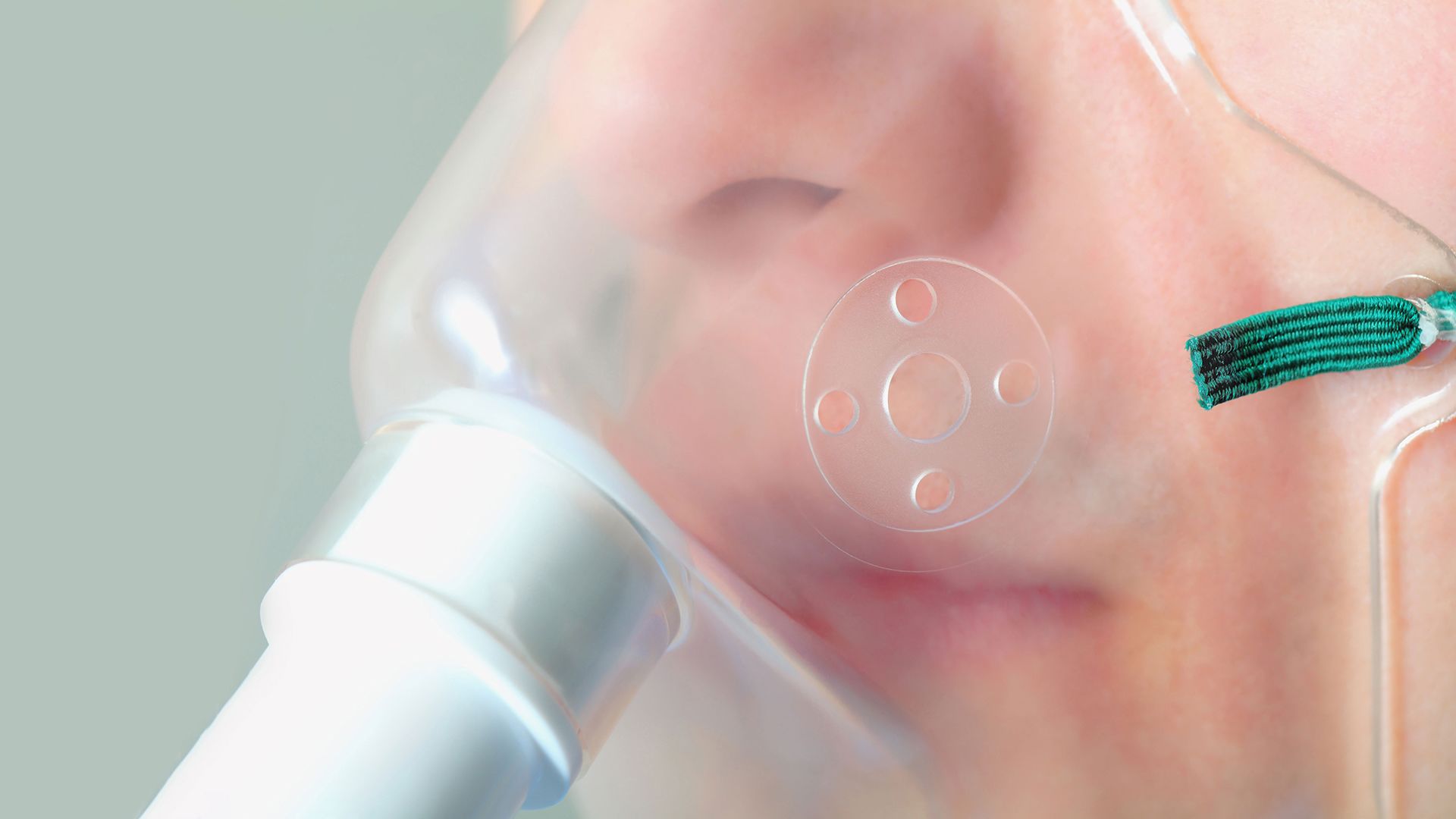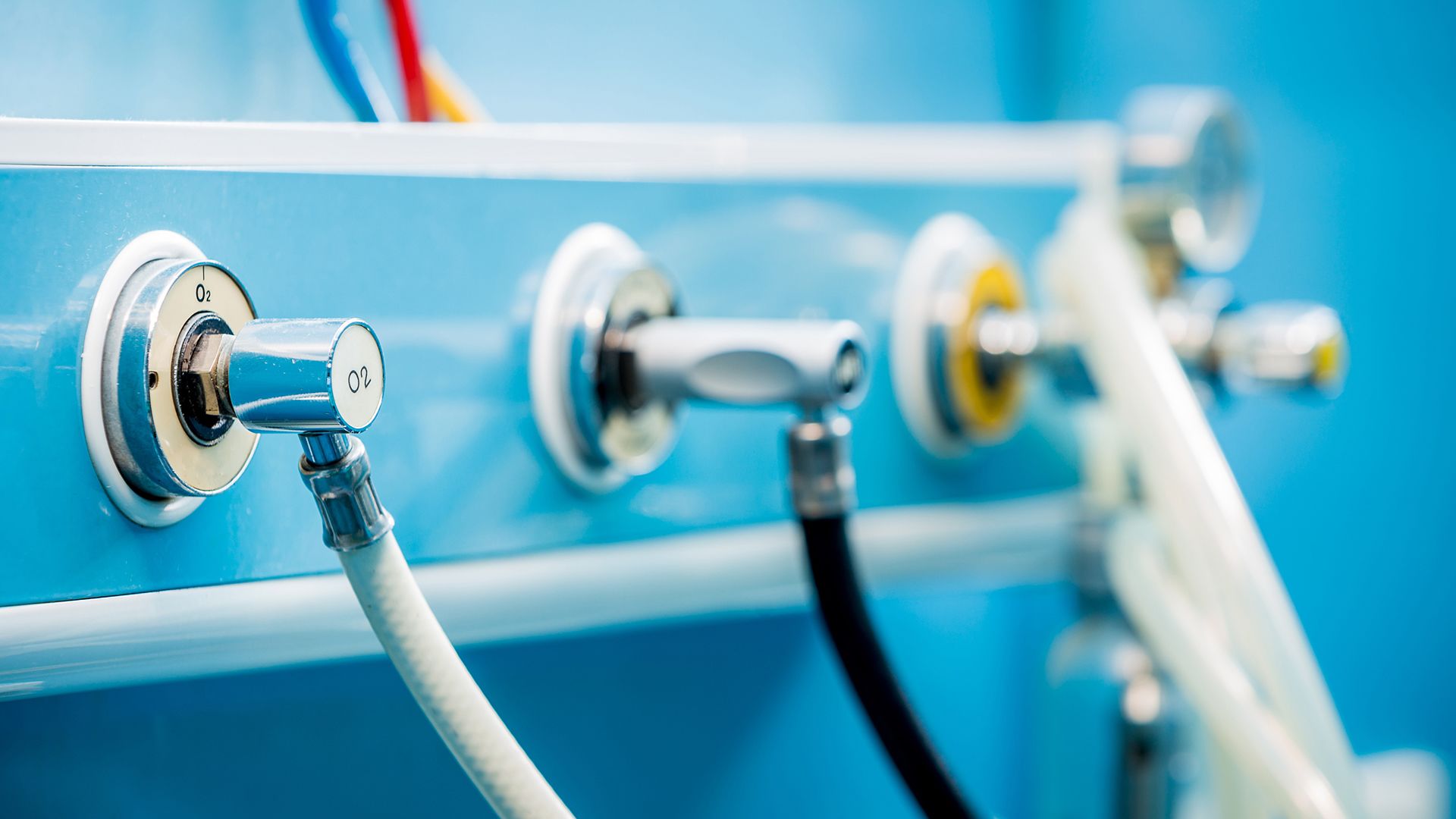Chronic obstructive pulmonary disorder, more commonly called COPD, is one of the leading causes of hospitalizations in the United States. People living with COPD also have high rates of readmission to hospitals, typically because of COPD exacerbations or flare-ups, the sudden worsening of symptoms that requires medical treatment.
When a loved one is released from the hospital, it is common to feel a sense of relief at having them back home. However, the transition from the hospital environment to the home environment can be tricky for patients with COPD and their loved ones.
Whether your loved one was hospitalized for the first time, or was readmitted to a hospital after an exacerbation, there are a variety of questions you should ask and situations to prepare for to ensure a smooth transition from hospital to home.
Do you need continued care?
Anytime a loved one is released from the hospital, it is important to talk to their healthcare provider about what care your loved one will require going forward. You should discuss short-term care as your loved one fully recovers from the specific reason for the hospitalization, as well as long-term care for COPD to avoid further hospitalizations. This includes knowing medication schedules and monitoring symptoms of COPD.
If your loved one needs help with everyday activities or administering treatments, your healthcare provider may recommend an in-home health care service, such as in-home nursing care.
Do you need to make modifications to the home?
You should also talk to your loved one’s healthcare provider about any modifications to the home that may need to be made to make things easier for your loved one. With COPD, this may include:
- Eliminating cigarette smoke in the home. Cigarette smoking is the leading cause of COPD and secondhand smoke can cause symptom exacerbations.
- Reducing humidity by keeping kitchens and bathrooms dry and well ventilated and by using a dehumidifier. Mold, mildew and bacteria can trigger COPD symptoms, and grow in humid environments. Warm, humid environments are also ideal breeding environments for dust mites.
- Ensuring kitchens and cooking areas are well ventilated. Also, do not use the fireplace.
- Dusting and vacuuming more frequently to reduce dust and pet dander, and using allergen filters in vacuums.
- Eliminating cockroaches—cockroach feces, eggs and shells shed particles that can irritate the lungs.
- Getting rid of cleaning products, personal care products (like perfumes) and other scented products that contain chemicals that may trigger symptoms.
Because walking up and down stairs may be too strenuous for someone with COPD, it may be necessary to set up a bed in a lower level of a home, at least temporarily. Your loved one may also need medical equipment to manage COPD at home, such as a nebulizer or an oxygen therapy system.
What complications do you need to watch for?
Ask your loved one’s healthcare provider about warning signs of COPD complications, as well as any signs of infection acquired during a hospital stay (called a “healthcare-associated infection,” or HAI). Worsening shortness of breath, wheezing more than usual, producing a lot of mucus, mucus that changes in color (from clear to yellow, green, brown or bloody), fatigue, confusion and fever are all signs of a COPD flare up. Signs of a HAI can include fever, headache, nausea, vomiting, diarrhea, difficulty or burning while urinating, and redness, inflammation, pain and discharge from a surgical site or IV catheter site.
Who should you contact if you have a question?
Make sure to get contact information for your healthcare providers, who you may need to contact if you have a question.
What follow up appointments are needed?
COPD is a chronic condition, and will require future appointments with a healthcare provider to monitor symptoms and check on how treatment is working. It is important to keep track of the dates and times of future appointments, and to make sure someone is available to attend appointments with your loved one.
Medically reviewed in August 2018.





